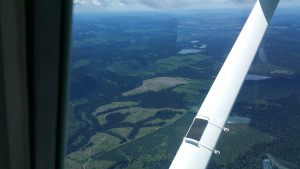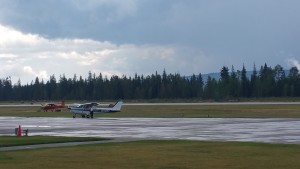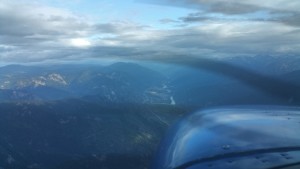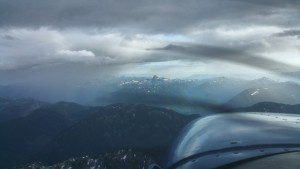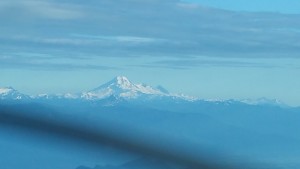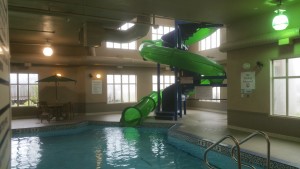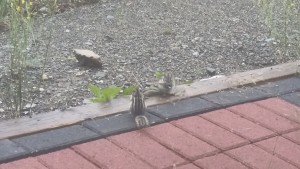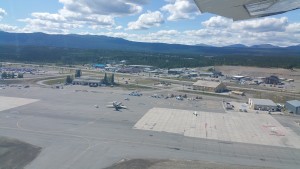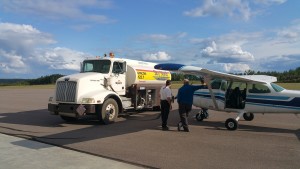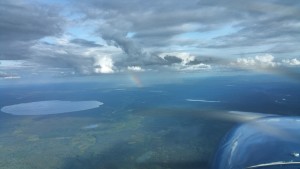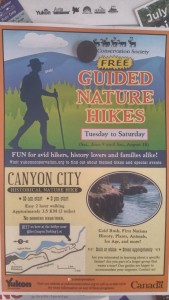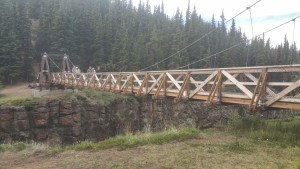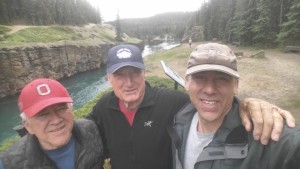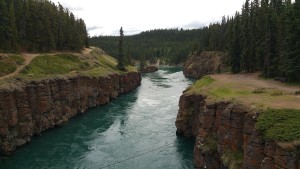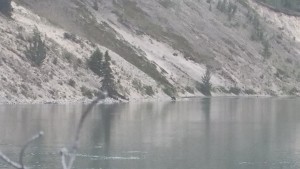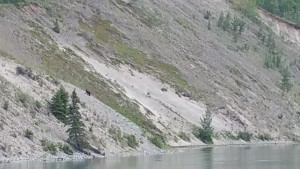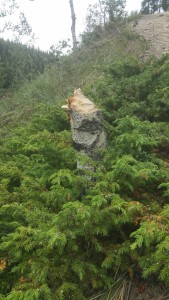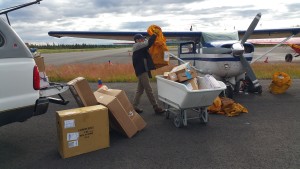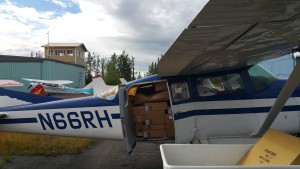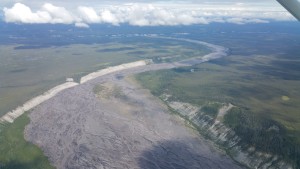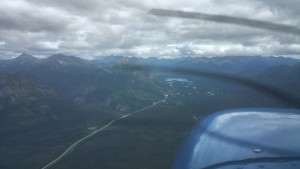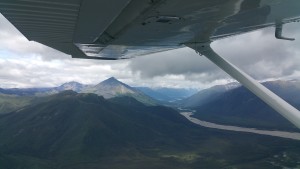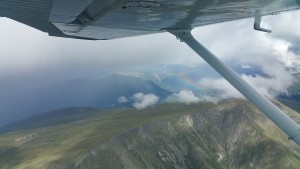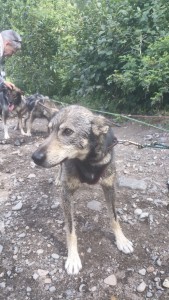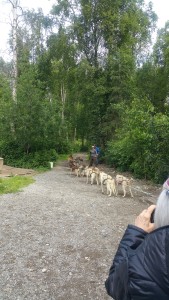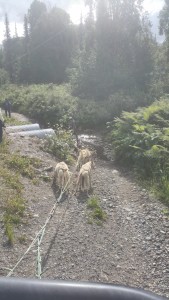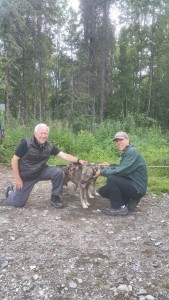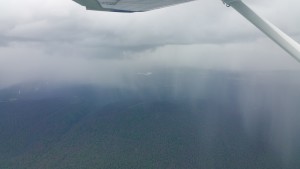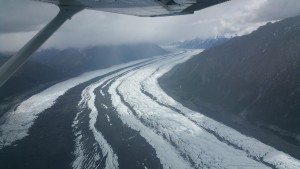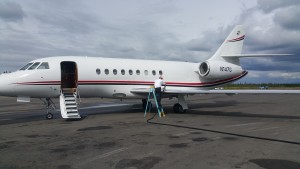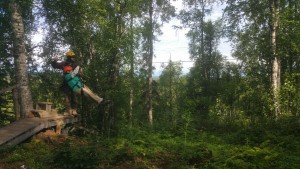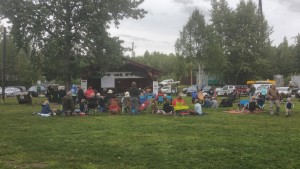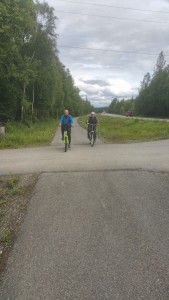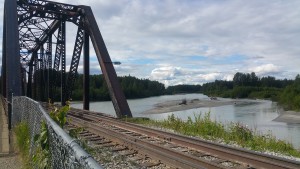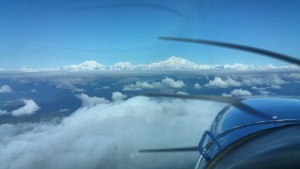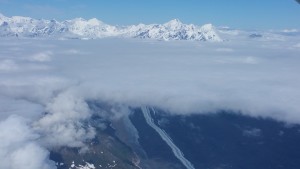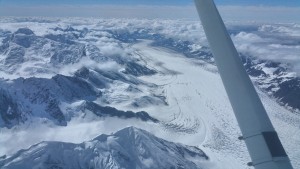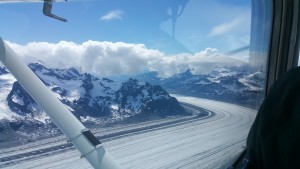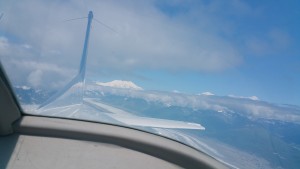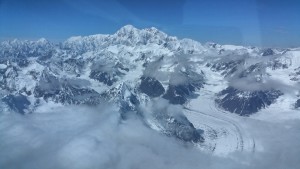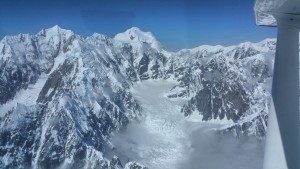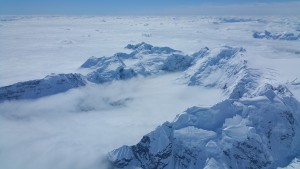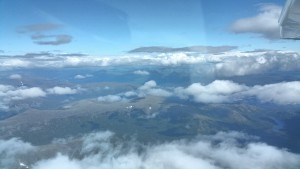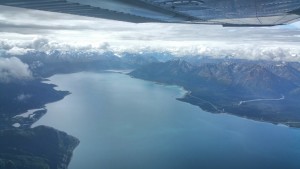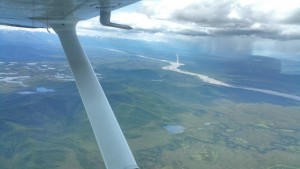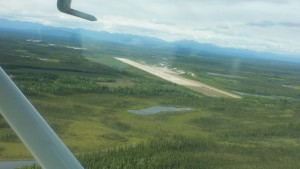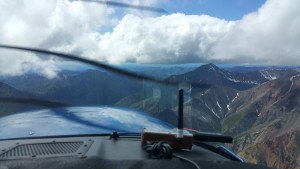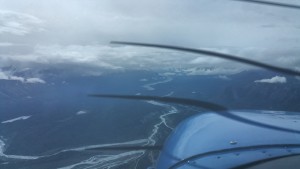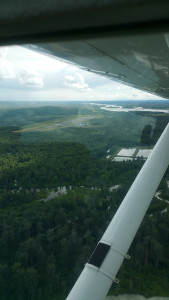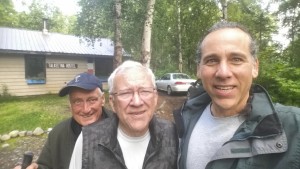Spins can be a contentious topic among some pilots because not all airplanes are approved for intentional spins, the maneuver is no longer required for private pilot certification (though it is for becoming a CFI), and the reason the FAA removed the spin requirement was because spin training was causing more deaths than than the training was preventing.
However, I believe spins still make valuable flight training, when approached from a careful perspective. Entering & recovering from spins is quite simple, not requiring the kind of stick and rudder finesse of other maneuvers like chandelles. But spins do something that those maneuvers don’t: they familiarize the pilot with aggressive airplane behavior under unusual attitudes, and reinforce a methodical response rather than panicked reaction.
Review: what is a spin? It’s when an aircraft is stalled, and one wing is more stalled than the other. You can’t spin unless you first stall, and for a stall to become a spin, the angle of attack must be different on each wing. That means your flight must be uncoordinated. Conversely, if you maintain coordination you will never spin, even if you stall the airplane while banked in a turn. Spins are sometimes confused with a tight spiral dive, especially in airplanes like the 172 that are spin resistant. That is, the pilot attempts to spin the airplane, but he fails to overcome the airplane’s spin resistance and the stall becomes a tight spiral. Videos like this are common on youtube (“Hey, watch this spin!” … That’s not a spin, it’s only a spiral dive. Looks like you don’t really know what a spin is.).
Before spinning an airplane, here are some regs to consider:
- Aerobatic flight: FAR 91.303
- Away from congested areas, assembly of people, airways, controlled airspace
- Above 1500′ AGL
- At least 3 miles visibility
- Parachutes: FAR 91.307
- Required when you have passengers (non crewmembers) on board and…
- Intentionally banking > 60*, pitching > 30*
- Exception for maneuvers required for certification, including spins, when given by a CFI
- For more detail, see PS at the bottom of this page.
- Airplane limitations: the POH
- Airplane must be approved for intentional spins
- The POH may specify W&B necessary for spins: follow it
- The POH may specify spin recovery different from the standard PARE: know it
Further thoughts on parachutes. It doesn’t help you if you can’t get out of the airplane. And it’s pretty darn hard to get out of an airplane in flight. Even at slow airspeeds there’s so much air pressure on the doors it’s hard to open them enough to depart the airplane (especially if said airplane is not in straight & level flight, but spinning or otherwise flailing around the sky). That’s why skydiving airplanes have a door entirely removed, or a special door designed to open in flight. Also, a chute doesn’t help you if you don’t know how to use it. Woe betides you if the first time you ever have to use a chute for real, is a bona fide emergency. So if you’re doing aerobatics and wearing a chute, believing you’re both legal and safe, you may be deluding yourself. Ensure you have a way to depart the aircraft while in flight, and do a few jumps to familiarize yourself with the chute.
Here’s how I interpret this flying my 1980 C-172 Superhawk.
- Spins are approved only in utility class, which means GW < 2100# and CG < 40.5″.
- With 180# solo pilot, fuel must be 35 gals or less (full fuel is 40 gals).
- With 2 people up front, any amount of fuel can be used so long as total weight < 2100#. With full fuel, that’s up to 380# in front seats.
- Empty back seat, baggage, tail; clean airplane with no FOD.
- Last thing you want is loose items flying around the cabin, possibly obstructing the controls or lodging in the tail cone, moving the CG rearward.
- If you’re doing spins solo or with a CFI, you don’t need parachutes (and they wouldn’t be much help in a 172, unless you removed a door before flight). If you have a passenger, you do need them.
- Altitude: at least 6,000 AGL for spins up to 2-turns (higher for more).
- Spin entry: Cessna 172 L and later models don’t like to spin and will only spiral unless the spin is entered with an aggressive stall. So:
- Start with a partial power-on stall, so you have a higher nose angle and a crisp breaking stall.
- Just as the stall breaks (not before), briskly pull the yoke all the way back and stomp full rudder in the direction you want to spin.
- NOTE: it will spin L easier than R due to engine torque, but you can spin it in either direction.
- If the airplane goes into a spiral instead of a spin, immediately release the pro-spin inputs, level the wings, climb back to altitude and try again.
- NOTE: how to tell if you’re in a spin, or just a tight spiral?
- A spin is a low-G maneuver: the airplane is mostly unloaded and you don’t feel much G force (even though you’re spinning around). If you feel significant Gs, you’re probably in a spiral not a spin.
- In a spin, the stall horn squeals loud and hard constantly. If the stall horn is silent, or is just barely squealing, you’re probably in a spiral not a spin.
- In a spin, the airplane rotates quickly: it literally spins. If the airplane is “flying” around in tight circles, you’re in a spiral not a spin.
- While spinning, hold these pro-spin control inputs at full maximum.
- Spin recovery: Cessna 172s follow the standard PARE (power, aileron, rudder, elevator) recovery. They are spin-resistant and will recover instantly as soon as you reduce pressure on pro-spin controls. However, best practice is to firmly apply proper anti-spin controls:
- Throttle to idle (pull all the way back)
- Ailerons neutral
- Briskly stomp and hold full opposite rudder
- If you’re not sure which way you’re spinning, look through the windshield at how the Earth is rotating:
- If CW, stomp R rudder (you’re spinning to the L)
- If CCW, stomp L rudder (you’re spinning to the R)
- If you’re not sure which way you’re spinning, look through the windshield at how the Earth is rotating:
- Just after the rudder hits the opposite stop, briskly push the yoke forward
- Hold these anti-spin inputs until rotation stops
- NOTE: as soon as rotation stops, the spin becomes a steep dive. You must take the next step quickly to avoid over-speeding or over-stressing the airframe.
- Neutralize rudder and smoothly pull out of the dive
- If you pull too hard, you may exceed airframe G limits
- If you pull too gently, you may exceed airframe Vno speed
PS: The regulations may allow more than just a CFI as an exception to parachutes rule. This postscript develops this topic.
FAR 91.307 requires parachutes for aerobatic flight only when there are non-crewmembers on board. Specifically: no pilot of a civil aircraft carrying any person (other than a crewmember) may execute any intentional maneuver that exceeds…
Here’s how 14 CFR 1.1 defines a crewmember: Crewmember means a person assigned to perform duty in an aircraft during flight time.
Note that 14 CFR 1.1 does not specify what that duty must be. And FAR 91.307 does not say “required crewmember”. By this definition, a crewmember is anyone the PIC (pilot in command) says is a crewmember. As PIC, I can say to the right front seat passenger, “Please look out the window and tell me when you see other airplanes.” If she agrees, she’s been assigned a duty during flight making her a crewmember.
Having done this, we can legally do spins and other aerobatic maneuvers without wearing parachutes because everyone on board the airplane (other than the pilot) is a crewmember, which complies with the exception in FAR 91.307.
Now, whether this is a good idea, or whether you want to test this interpretation with the FAA, is an entirely different question. This is a convoluted interpretation of the regulations and I mention it only for academic interest – it’s useful to chase down the regs and read what they actually say! The intent of FAR 91.307 seems clear: the FAA doesn’t care if you want to risk your own life – as a private pilot you’ve earned the right to make your own risk decisions. But when your decisions involve the safety of other people, the FAA sets minimum standards to a higher bar.

